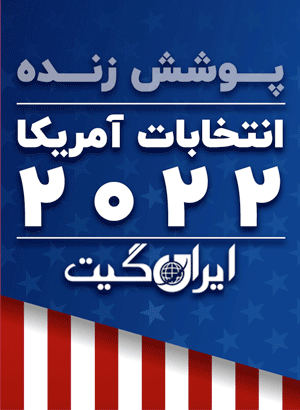Seyyahan Network Report on Torture of Protesters in Secret and Underground Prisons
Seyyahan Network has announced in an investigative report that the Islamic Republic uses secret networks of prisons for torturing and suppressing protesters and coercing confessions from them. It is claimed that there are over 40 hidden torture chambers in government facilities and underground locations, including mosques.
In interviews with detainees, Seyyahan has confirmed the existence of 8 secret torture chambers in Tehran, 6 in Sanandaj, 5 in Zahedan, and others in cities such as Tabriz, Mashhad, Karaj, Saghez, Oshnavieh, Kermanshah, and Amol. In particular, these temporary torture chambers are set up in Mashhad during protests in the city’s mosques. Seyyahan’s recent investigation shows an increase in the number of these facilities in recent times.
According to this report, 8, 6, and 5 secret torture chambers have been identified in Tehran, Sanandaj, and Zahedan respectively. Some of these torture chambers are located inside barracks and Ministry of Intelligence buildings, which do not have any official records. These locations are used for temporary detentions during protests. The report also mentions that Mashhad is one of the places where these torture chambers are established.
The report by Cyanan on the torture of protesters in secret and underground prisons in Cyanan. In this investigative report, they managed to identify the exact locations of many of these hidden detention centers using information provided by detainees and matching it with successful satellite images.
The findings indicate that the unofficial torture centers of the Islamic Republic are divided into two categories: undisclosed illegal prisons in barracks and buildings of the Ministry of Intelligence, and temporary detention centers that are set up mostly in mosques during periods of protests. Cyanan states that Mohammad Mehdi Karami, Mohsen Shakari, and Mohammad Hosseini, all of whom have been executed, were tortured in these unofficial locations before being transferred to prison.
According to Kian Samadi and Mohsen Sohrabi, two imprisoned protesters, Cyanan has attempted to describe these hidden detention centers. According to these two protesters, the Islamic Republic uses various forms of physical, psychological, and sexual torture.
Kian Samadi, a third-year electrical engineering student at Tabriz University, an environmental activist, and a volunteer member of the Red Crescent in Ashnaviyeh County, has been detained since 2015 for treating protesters. His name has been removed from the Red Crescent list upon the orders of security authorities.
He says that he endured 21 days of severe torture in secret detention centers to obtain forced confessions. He explains that they injected substances into him, wanting him to stay alive so they could torture him more. Kian Samedi believes that if he had signed the forced confession, the judges of the Islamic Republic would have issued a death sentence for him. After enduring 21 days of torture and signing that paper, he was released by the prison guards.
He says that after treating the injured protesters, government officials forcibly took him to a building next to a girls’ school, hidden behind trees.
There, two officers severely beat him with sticks to the point of bleeding, using tools like shockers, various types of punches, and injecting his neck and licking his body by the torturer, as well as using a baton in a sexual manner against him. These are some of the things he explains in this interview.
According to this report, the secret torture facility in Ashnavieh is a building near Enghelab Square in Ashnavieh, West Azerbaijan. Mohsen Sohrabi is one of the detainees interviewed in this report. He is a sports figure and a doctor at Kosar Hospital in Sanandaj. He was arrested and tortured for providing medical services to injured protesters. He says that the authorities have no limits or boundaries.
Mohsen Sohrabi is successful in the field of weightlifting and has achieved national rankings. He is also a founding member of the Tishk-e-Mehr Charity Foundation for Kurdish children.


